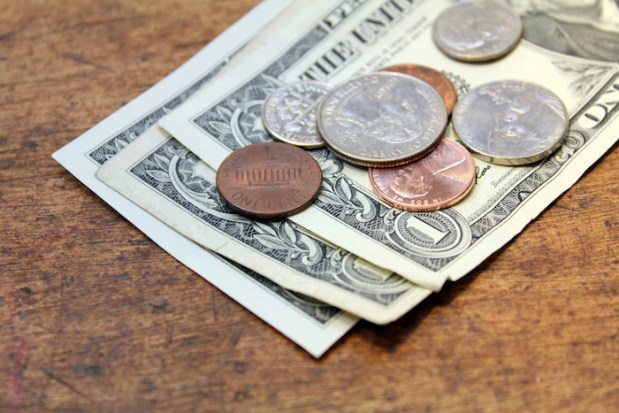Can Spare Change Spark A Revolution In Rewards?

Retail rewards aren’t in crisis yet, but the storm clouds have been on the horizon for a while. The age of the daily deal has come and gone, and no matter how much merchants try to sweeten the pot of membership-based rewards programs, their proprietary scope hasn’t caught on as many had hoped.
It’s not entirely retailers’ fault, according to Harrison Hines, cofounder and CEO of Seashells. Rather, it’s that the supposed commonsense knowledge is a bit outdated for the consumers they’re trying to reach.
“These programs are stuck in the last century,” Hines told PYMNTS. “The fact that you need a separate punch or swipe card, or even that you need to take out your phone to scan it and get points, was ridiculous to me. And they’re all store-specific, so unless you’re going to that store very, very frequently, the rewards you’re getting are the equivalent of 1 percent back.”
To Hines, the majority of rewards programs today aren’t just convoluted enough to hamper consumer loyalty, but they’re trending to the negative. In a word, they are, Hines said, “annoying.”
His two-month-old rewards startup, Seashells, aims to be everything but.
The secret sauce lies in both how flexible Seashells is and how it tweaks the accepted formula of retail loyalty. First, there are no cards or things to swipe with Seashells. Users link credit or debit cards to their accounts, and all purchases, anywhere, are tracked. Next, similar to how the popular microinvesting app Acorn uses the rounded-up spare change of consumers’ purchases, Seashells takes however many cents are leftover from a daily coffee or the occasional errand and then applies an automatic 15 percent bonus to each rounded-up purchase. Rewards, then, are redeemed at dozens upon dozens of partnering retailers.
Therein lies the potentially game-changing aspect of Seashells. Hines described the dynamic as “a hybrid savings and rewards program” that, instead of giving shoppers comparatively infinitesimal rewards for each successive purchase, can incentive consumers — particularly millennials, which make up 95 percent of Seashells’ user base, and millennial women, which make up 85 percent of that base — to save up money to spend with the retailers they already have relationships with.
In fact, Sephora has emerged as one of Seashells’ strongest partners. According to Hines, this is where his new take on loyalty and rewards kicks in: Millennial women know they need to save up money for regular purchases, so why not give them some extra incentive to save up for retailers on the Seashells platform?
“We’re increasing revenue and loyalty from their current customers, but we’re also giving them access to new millennial platforms,” Hines said. “If somebody’s coming onto our platform because they want to save up for their next Sephora purchase, that same shopper says, ‘Oh, I need something else from another retailer with Seashells.'”
“I think of us as a Groupon for large retailers in a way,” Hines summarized.
The 15 percent bonus is merchant-funded, which functions as a handoff of the current gift card commission fees they pay now. Once things really get going, though, Hines hinted at bumping that bonus up past the day one benchmark.
That might not take long. Seashells has already rounded up more than 200,000 transactions in two months, and Hines explained that its retail partners are hitting paydirt in incentiving shoppers toward future purchases rather than rewarding them for past ones. Most of the gift cards they’ve issued have been low denominations; users can redeem starting at $20. This leads customers into retailers’ arms, where they can be upsold on other products that don’t draw from that discounted amount.
“The data is encouraging from both sides,” Hines said. “We’re adding value to everyone. That’s what our goal was and is.”
